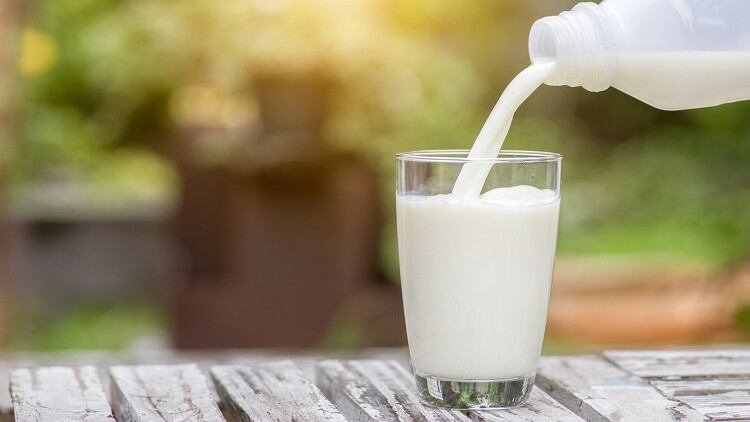This was based on the company’s market analysis stretching back through some 20 years of its history in dealing in both markets.
“Due to the regulatory differences in both regions, it is inevitable that the formulations of products we manufacture for both sides are very different – China is definitely stricter in terms of its dairy regulations,” Megadairy Director Easter Wu told FoodNavigator-Asia.
Speaking to us at the recent Fi Asia-China show in Shanghai, Wu also emphasised that the consumer trends in both regions are very different currently.
“In Australia and New Zealand, dairy is part of daily life and nutrition and [consumers] don’t think too much about consuming it. In Asia, and especially China, dairy is considered ‘special’, high quality nutrition with medicinal value,” he said.
“However, Chinese consumers are much more flexible and adventurous when it comes to trying new formats – they are very willing to try new things. In Oceania, consumers are accustomed to traditional ways of dairy consumption, [so there is more pushback] towards new product formats.
“Basically, both sides have very different expectations of dairy, [and] it has been necessary for us to understand and meet these, [as these are our major markets].”
Innovative products
Megadairy works with over 30 dairy brands in both regions. One example is New Zealand’s Triamour, which produces Triamour organic milk powder, Lotcare infant formula, GROAR milk tablets and other dairy-related products.
“The New Zealand branding definitely gives us a big advantage in dairy. This, combined with a strict Risk Management Programme to ensure product quality and safety, are very important when it comes to [the China] market,” said Wu.
In terms of popularity, he highlighted that in line with Chinese consumption trends, formulated functional milk powder sachets such as those fortified with lactoferrin, Immunoglobulin-G and sialic acid for immune system boosting were best sellers.
“We have also seen dairy-enhanced probiotic beverages do very well in the country – the dairy is mostly included for better taste and mouthfeel, as a sort of replacement for artificial flavourings or colourings,” he added.
Over in Australia and New Zealand, one unique product highlighted was Triamour’s milk bites (chewable tablets), which are fortified with vitamins and minerals and valued for its 100% raw materials (milk powder, cocoa powder) claim.
“This is available in two flavours, original and chocolate, and the latter is especially popular with children as a snack. Its 86% dairy content ensures its high nutritional value,” said Wu.
In addition, region’s food safety authority Food Safety Australia New Zealand (FSANZ) allows for higher amounts of lactoferrin (10g/100g) as opposed to China (100mg/100g), which has contributed to lactoferrin-fortified milk powders also doing well.
Moving forward
Wu added that in terms of marketing and exports, Megadairy is looking at expanding both locally and overseas.
“We feel that there are many more Australian brands that we can reach, and would also want to move into the South East Asian market. Locally in New Zealand, establishing more plants to develop more new product formats is one of our main goals,” he said.
In terms of the dairy market outlook in Asia, Wu was very positive about the future.
“Dairy consumption is rapidly rising in Asia, and as such the needs for dairy in the Asia Pacific region as a whole is also increasing,” he said.
According to Mordor Intelligence, dairy in APAC is expected to grow some 4.7% in volume and reach US$210bn by 2023, with China leading the region, driven by increased dairy consumption.





